This is a compilation of the oldest cities that have been continuously inhabited throughout the ages until the present day. The cities listed here are renowned for their stunning architecture and captivating tales that embody their history and cultural heritage. Although there may be discrepancies in the historical accounts of these cities, they have been included in this list due to their religious or cultural significance. Despite the passage of time, only a small number of ancient cities still exist today, making these cities all the more remarkable. To reflect this, the list includes a few cities that have been added due to their importance in terms of religion or culture, despite any uncertainty in their historical records.
1. Jericho, Palestinian Territories
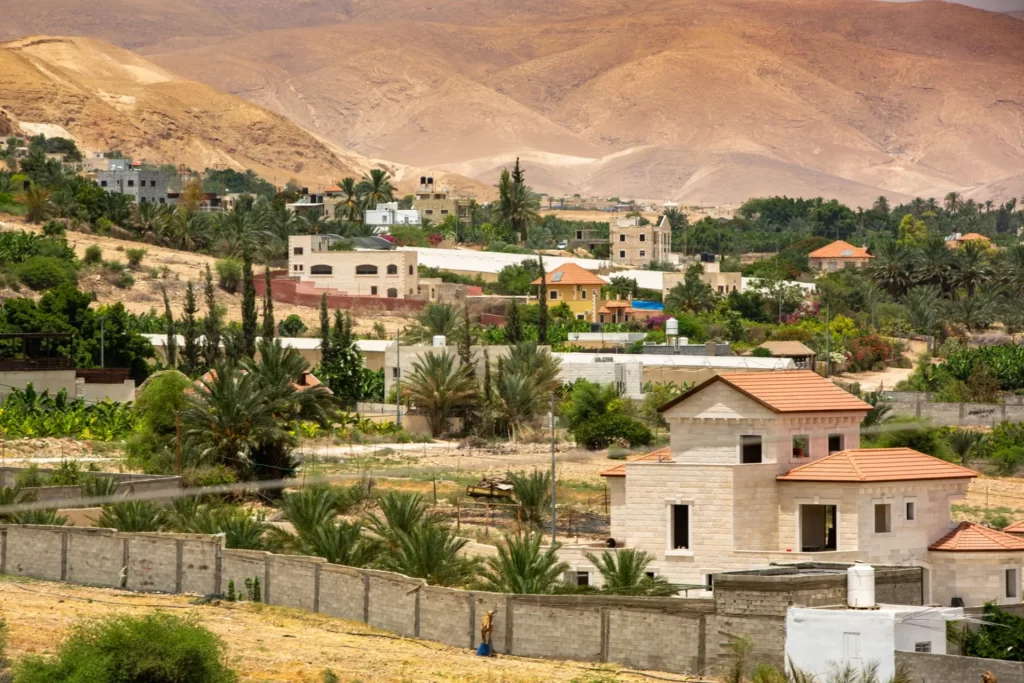
Jericho is the one of the oldest cities and the oldest city continuously inhabited in the world, located in the West Bank near the Jordan River. It serves as the administrative center of the Jericho Governorate and has a rich history dating back to 11,000 years ago. The city has a significant role in Judeo-Christian tradition as the place where the Israelites returned from slavery in Egypt under the leadership of Joshua, the successor to Moses. Archaeological excavations have revealed the existence of over 20 successive settlements in Jericho, the earliest of which dates back to 9000 BCE, close to the start of the Holocene epoch.
The city has undergone several changes in sovereignty throughout its history. It was occupied by Jordan from 1948 to 1967, and then came under Israeli occupation in 1967. However, administrative control was transferred to the Palestinian Authority in 1994. Despite these changes, Jericho remains a significant city in terms of history and culture.
2. Byblos, Lebanon

One of the oldest cities in the world. Byblos, also known as Jubayl, was originally founded as Gebal by the Phoenicians and renamed by the Greeks, who imported papyrus from the city. This Mediterranean city is located in the Mount Lebanon Governorate of present-day Lebanon and was also referred to as Gibelet during the Crusades. The city has a long and rich history, believed to have been inhabited as early as 8800 to 7000 BC. According to fragments attributed to the Phoenician historian Sanchuniathon, Byblos was built by Cronus as the first city in Phoenicia.
Today, Byblos is considered by many to be the oldest continuously inhabited city in the world. Its historical significance and cultural heritage make it an important destination for tourists and historians alike. Despite its long history, Byblos has managed to maintain its charm and relevance, making it a must-visit city for anyone interested in exploring the ancient world.
3. Aleppo, Syria

Aleppo, a city in Syria, is believed to be one of the oldest cities continuously inhabited in the world, with a history that dates back to at least the 6th millennium BC. As the city with the largest population in Syria, with approximately 4.4 million citizens, Aleppo was originally founded as Halab in around 4,300 BC. Despite its rich history and cultural heritage, the ancient site of Aleppo has been largely untouched by archaeologists due to its occupation by the modern city.
Throughout its history, Aleppo has been under the control of various civilizations, including the Hittites, Assyrians, Greeks, Persians, Romans, Byzantines, Arabs, Crusaders, Mongols, and Ottomans. This rich and diverse cultural heritage has made Aleppo a city of great historical significance and continues to attract tourists and historians from around the world. Despite its turbulent history, Aleppo remains one of the oldest and most fascinating cities in the world.
4. Damascus, Syria
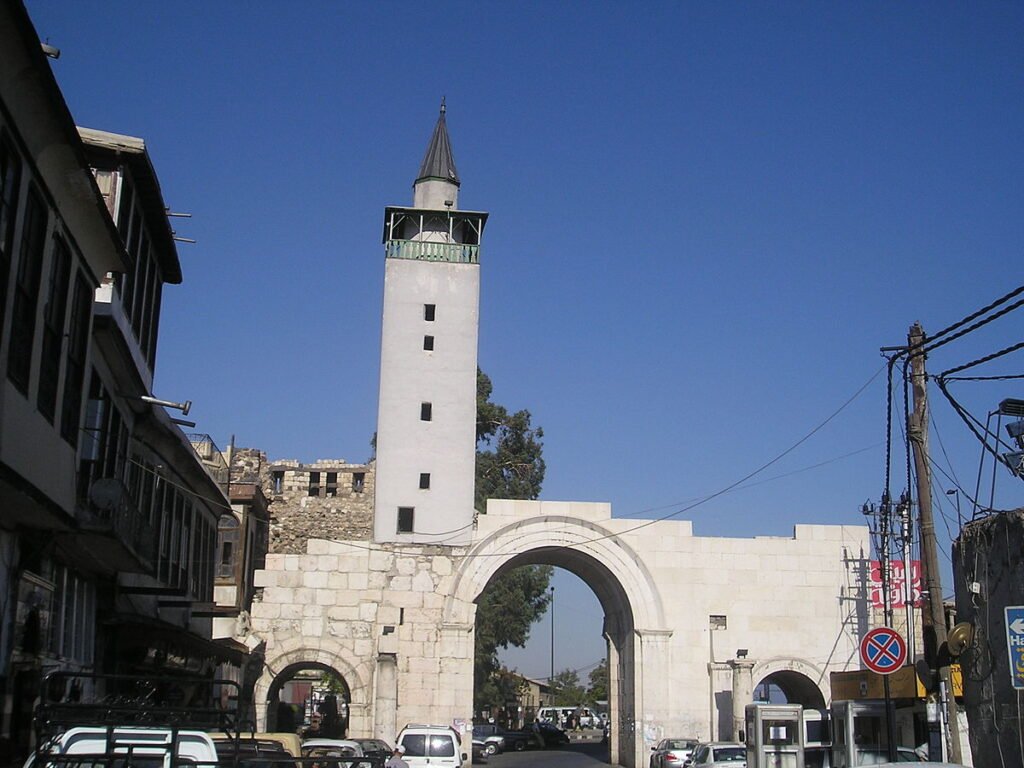
Damascus is one on the list of oldest cities in the world. Damascus, the capital and second largest city of Syria, is commonly referred to as ash-Sham and nicknamed as the “City of Jasmine”. It has a rich history and is considered by some sources to be the world’s oldest continuously inhabited city. Although the exact date of its founding is debatable, it is believed to have been inhabited as early as 10,000 BC.
The city gained importance after the arrival of the Aramaeans, who established a network of canals that still form the basis of Damascus’ modern water networks. Over the centuries, Damascus has been ruled by various powers, including the Romans, Arabs, and Ottomans, and has played an important role in the region’s history.
Today, Damascus is a popular tourist destination, attracting visitors from around the world to see its wealth of historical attractions. Its rich cultural heritage and fascinating history make Damascus a city of great interest to those interested in exploring the ancient world.
5. Susa, Iran
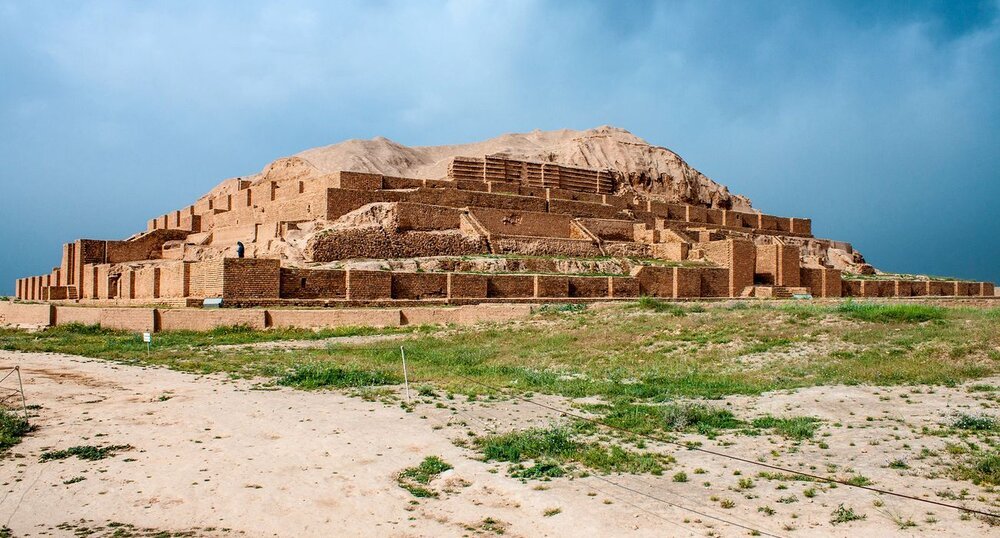
Susa of the oldest cities in the world. Susa is an ancient city with a rich history and cultural heritage. It was a significant city in the Elamite, Persian, and Parthian empires of Iran, and is located in the lower Zagros Mountains, between the Karkheh and Dez Rivers. The city is believed to have been founded as early as 4395 BCE, making it one of the oldest-known settlements in the region and the world.
Susa is mentioned in early Sumerian records, and was considered to be one of the places obedient to the patron deity of Uruk, Inanna. Today, the modern Iranian town of Shush is located at the site of ancient Susa, and serves as the administrative capital of the Shush County of Iran’s Khuzestan province, with a population of 65,000.
6. Faiyum, Egypt

You can’t a list of oldest cities without Faiyum. Faiyum is a city in central Egypt located 130 kilometers southwest of Cairo, which is the current capital of the Faiyum Governorate. The city has roots that date back to as early as 4000 BC, making it not only one of the oldest cities in Egypt, but also in Africa. The city is built on top of the ancient site of Crocodilopolis and comprises various bazaars, mosques, and bathhouses. The Lehin and Hawara pyramids can also be found in the surrounding area.
7. Sidon, Lebanon
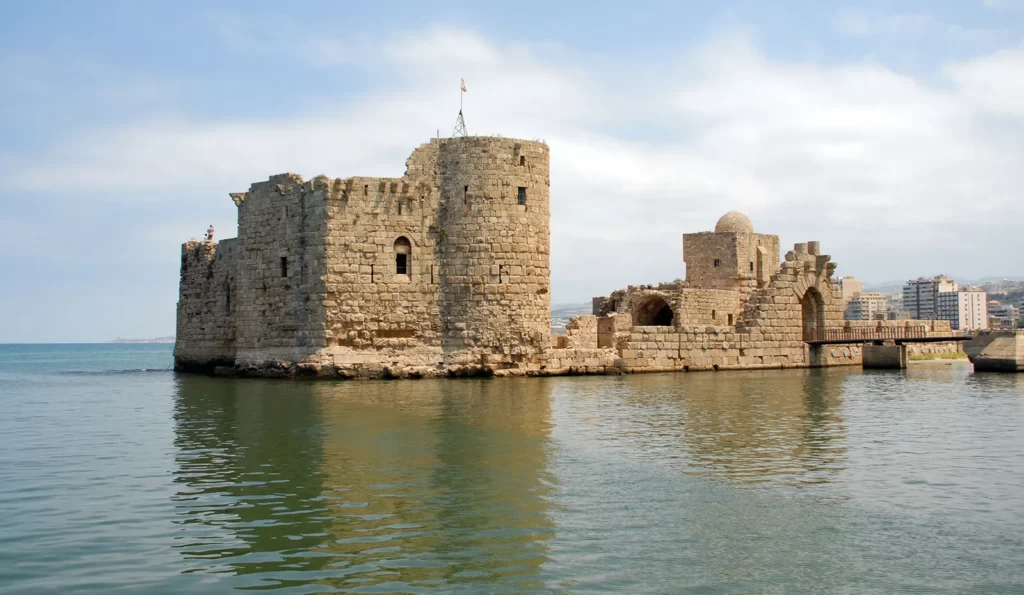
Sidon, located in the South Governorate of Lebanon along the Mediterranean coast, is renowned as the third largest city in the country. Situated approximately 40 km to the north of Tyre and 40 km to the south of Beirut, it holds significant historical importance as one of the earliest Phoenician cities. The city served as the birthplace of the Phoenician’s extensive Mediterranean empire and has been visited by numerous historical figures such as Jesus, St Paul, and Alexander the Great, who captured Sidon in 333 BC.
8. Plovdiv, Bulgaria
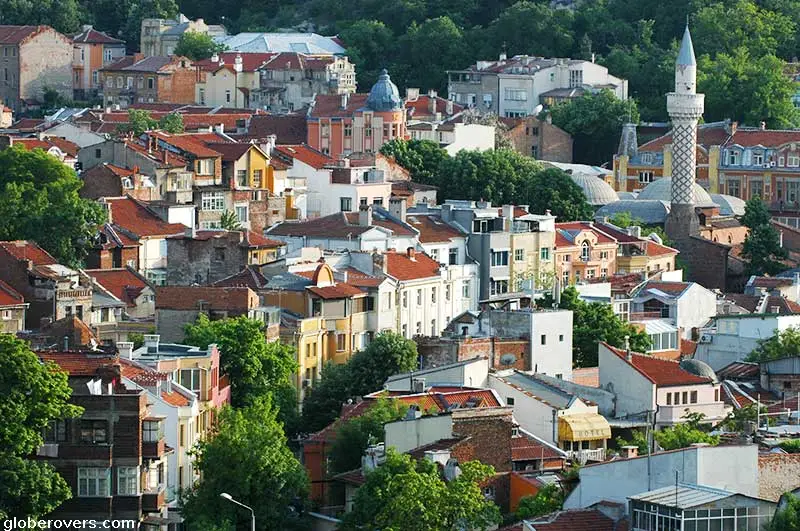
Plovdiv, the second-largest city in Bulgaria after Sofia, has a rich and diverse history. It started as a Tracian settlement and was later transformed into a significant Roman city. After the fall of the Roman Empire, the city was ruled by the Byzantines and the Ottomans before becoming part of Bulgaria. Plovdiv is a thriving cultural hub, boasting a wealth of ancient remains, including a well-preserved Roman amphitheater and aqueduct, as well as Ottoman baths. These historical landmarks attract many tourists and contribute to the city’s rich cultural heritage.
9. Gaziantep, Turkey

Gaziantep, situated in southeast Turkey, is one of the oldest continuously inhabited cities in the world. With a history that dates back to the Hittites, the city is located 185 km northeast of Adana and 127 km north of Aleppo, Syria. At the heart of Gaziantep lies the Ravanda citadel, which was restored by the Byzantines in the 6th century. Additionally, the city is home to several Roman mosaics, further testament to its rich cultural heritage. These historical landmarks make Gaziantep an important destination for those interested in exploring the region’s rich history.
10. Beirut, Lebanon
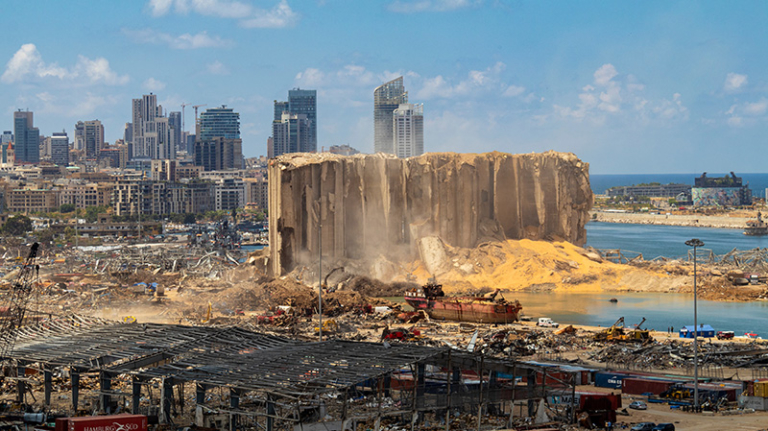
Beirut, the capital and largest city of Lebanon, serves as the country’s cultural, administrative, and economic center. With a history that dates back to around 5,000 years, the city has been witness to various civilizations, including the Phoenician, Hellenistic, Roman, Arab, and Ottoman empires. Excavations in Beirut have uncovered evidence of these different civilizations, and it is even mentioned in letters to the pharaoh of Egypt as far back as the 14th century BC. Despite the challenges faced during the Lebanese civil war, Beirut has emerged as a modern and vibrant tourist destination, attracting visitors with its rich history and cultural heritage.
CONCLUSION
These cities are famous for their stunning architecture and captivating tales that embody their history. Although there may be discrepancies in the historical accounts of these cities, they have been included above due to their religious or cultural significance. Only a few ancient cities still exist today, making them remarkable, and the list above includes some cities that have been added due to their religious or cultural importance, even if their historical records are uncertain.






